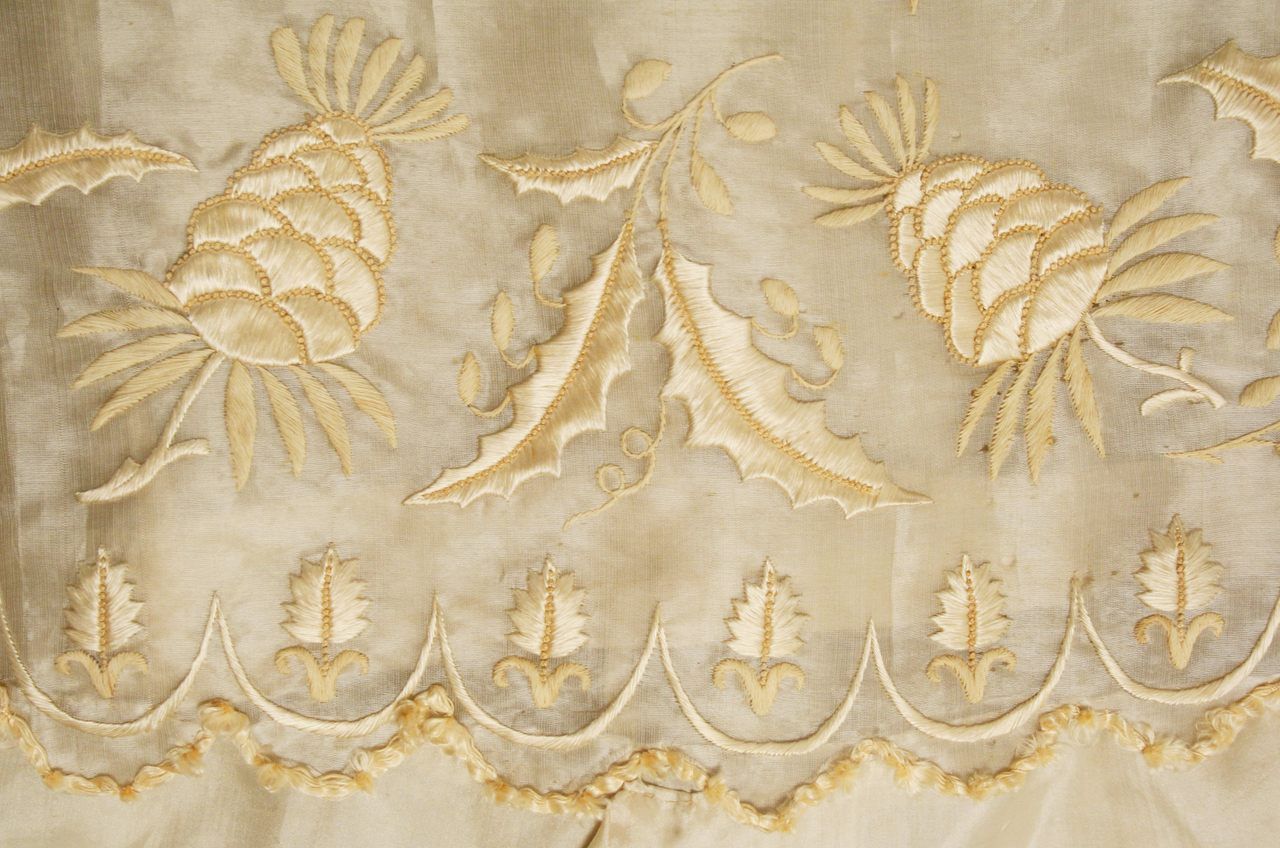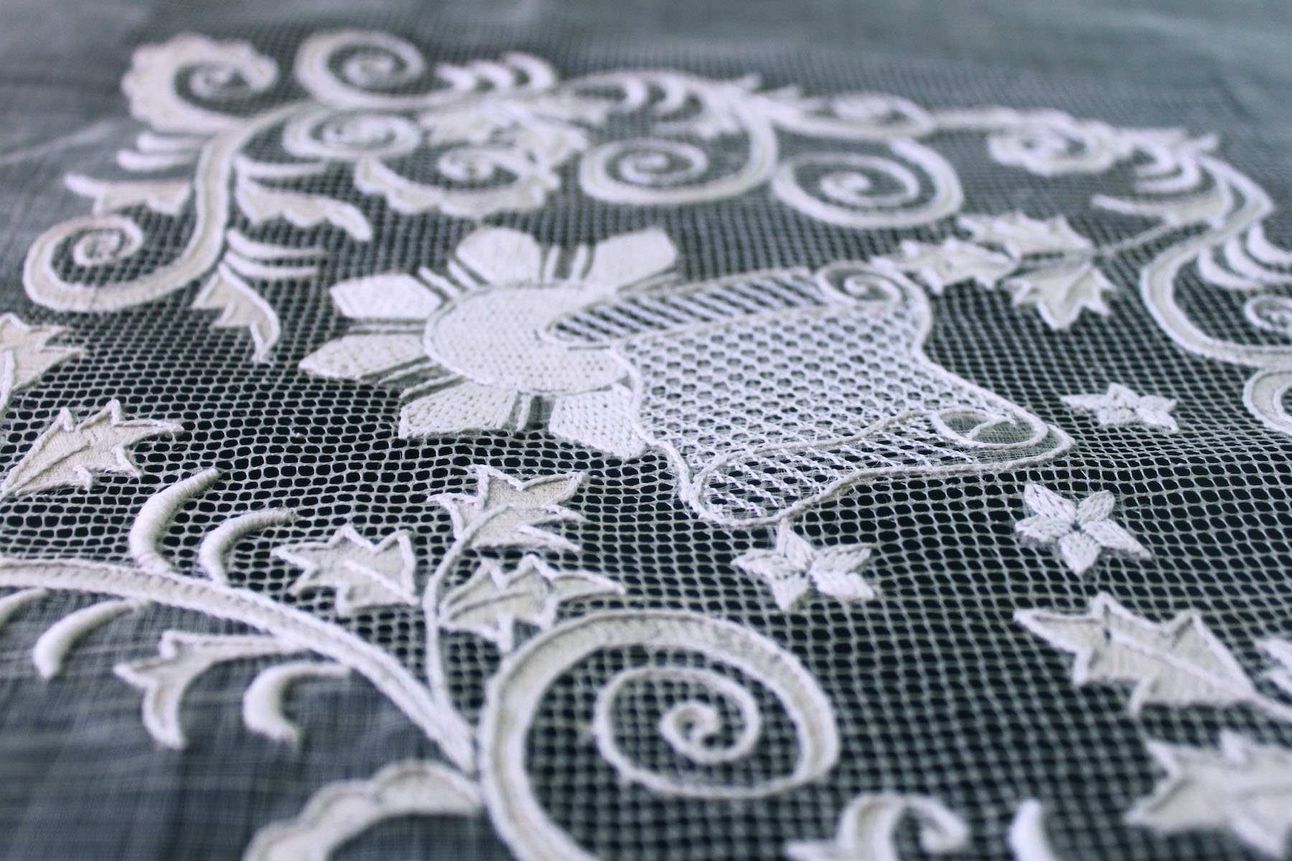- Cross Couture
- Posts
- Top 5 Asian Textiles: May 6, 2024
Top 5 Asian Textiles: May 6, 2024
Who lives in a ______ under the sea?
Welcome to the fifteenth edition of Cross Couture, the fashion x culture newsletter. |
The clothes we wear have always been an ever-shifting portrait of society and we’re sitting down to explore how our daily outfits change as we come into contact with new societies, technologies, and stories. |
It’s Day 13 of my Spring Challenge!
As a reminder, this challenge means that either you get an email in your inbox 5 times per week until May 31st (which means I get a set of luxurious, vintage jammies) OR I have to donate $5 to a charity I hate for every week that I miss the goal.
Series #3: Top 5 Asian Textiles.
Today’s pick: Piña from the Philippines

From The Metropolitan Museum of Art
Similar to the last post on golden silk from Cambodia, piña is a fusion fabric. Pineapples are native to Brazil and were most likely brought to the Philippines by Spanish colonists, where old weaving methods were used to turn pineapple leaves and fibers into piña, a gauzy, cream-colored fabric. Then, in the 18th century, Chinese immigrants updated the weaving process by bringing the loom with them.
Historically, Europeans have seen pineapples as an exotic display of wealth and status, displaying pineapples on their sideboards and in their homes as showpieces. Due to rich Europeans vying for pineapples everywhere, piña became an extremely popular fabric, especially in the Regency era, where light, delicate fabrics were in demand.
Because of this, and missionary presence in the Philippines, it’s almost impossible to disentangle piña from colonist roots. In addition, the fabric was usually embroidered with calado, a traditional Philippine open thread work pattern, which is very similar to lace, and with European-like designs.

From the Heritage Barong
The national dress of the Philippines, barong tagalog for men and Baro't saya and Maria Clara gowns for women, is also traditionally made with piña and embroidered with calado, as well as other embroidery.
In fact, the current First Lady of the Philippines, Liza Araneta Marcos, has worn piña and calado at several events, including her husband’s first State of the Nation Address.
Do you have a textile you love? One you think is just ugly and should be eradicated? Maybe you want to vent about your crap day? Reply to this email!
Subscribe to receive insider info on hidden gems that will make you look good and feel great.
Want to chat about fashion/history/literally anything else? Here’s my Calendly!
xoxo,
Simran